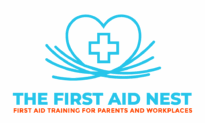Top 5 Baby Emergencies Every Parent Should Know About
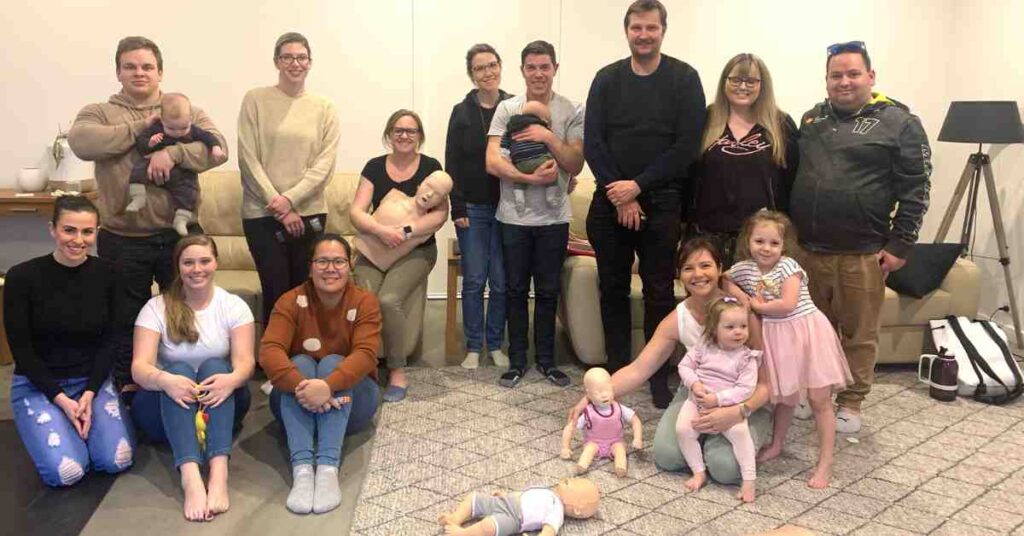
As parents, it’s natural to want to protect your baby from every possible danger. However, accidents and emergencies can happen, no matter how careful you are. Babies are naturally curious and energetic, and while this helps them learn and grow, it can also lead to unexpected situations that require quick thinking and action.
Understanding how to respond to emergencies is an important part of parenting. According to the Australian Bureau of Statistics, unintentional injuries are one of the leading causes of emergency department visits for children under five years old. Being prepared and knowing how to handle common baby emergencies can help you act calmly and confidently when it matters most.
1. Choking
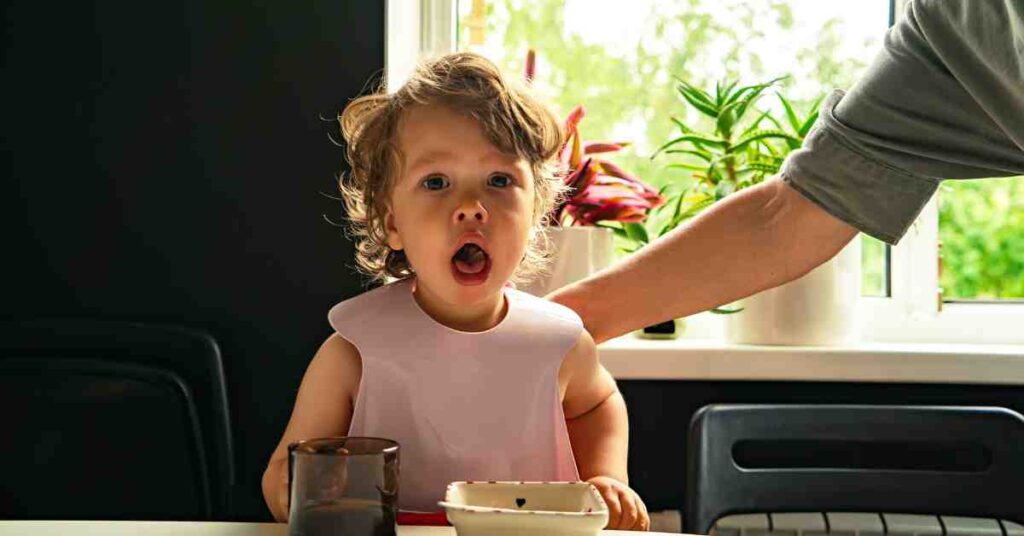
In Australia, choking is a leading cause of accidental death in children under one year old. Food items, small toys, and household objects are the most common culprits.
Why It Happens: Babies love exploring their world by putting objects in their mouths, which can easily lead to choking if they bite off more than they can chew or swallow something too large.
- Difficulty breathing or no breathing
- Silent or weak coughing
- Blue lips or face
- Grabbing at the throat
- Stay Calm: Panic can make the situation worse.
- For Babies Under 1 Year: Lay them face down along your arm, support their head, and give five gentle back blows between the shoulder blades. If the object doesn’t come out, turn them over and give five chest thrusts using two fingers.
- For Children Over 1 Year: Give five back blows followed by five abdominal thrusts. Repeat until the airway is clear or help arrives.
- Call 000: If the object doesn’t come out quickly, get emergency help.
2. Burns and Scalds
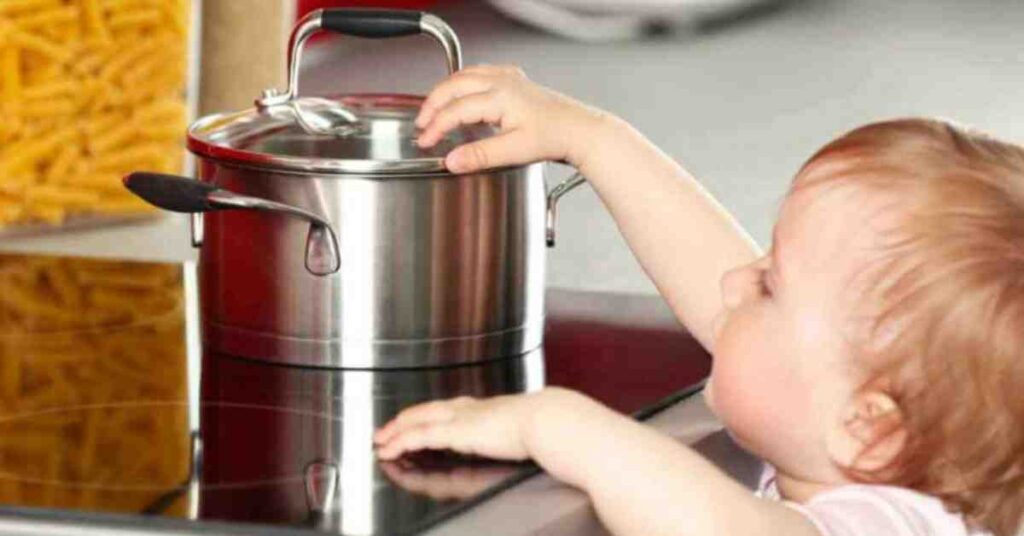
According to Kidsafe Australia, 1 in 10 hospital admissions for children under five are due to burns, with hot liquids being the most common cause.
Why It Happens: Babies are curious and may accidentally grab hot drinks, pull down pots from the stove, or touch hot surfaces.
- Cool the Burn: Run cool (not cold) water over the burn for at least 20 minutes.
- Do Not Use Ice: This can make the injury worse.
- Cover the Burn: Use a clean, non-stick dressing or cloth to protect the area.
- Seek Medical Help: Call 000 or see a doctor if the burn is large, deep, or on the face, hands, or genitals.
3. Falls and Head Injuries
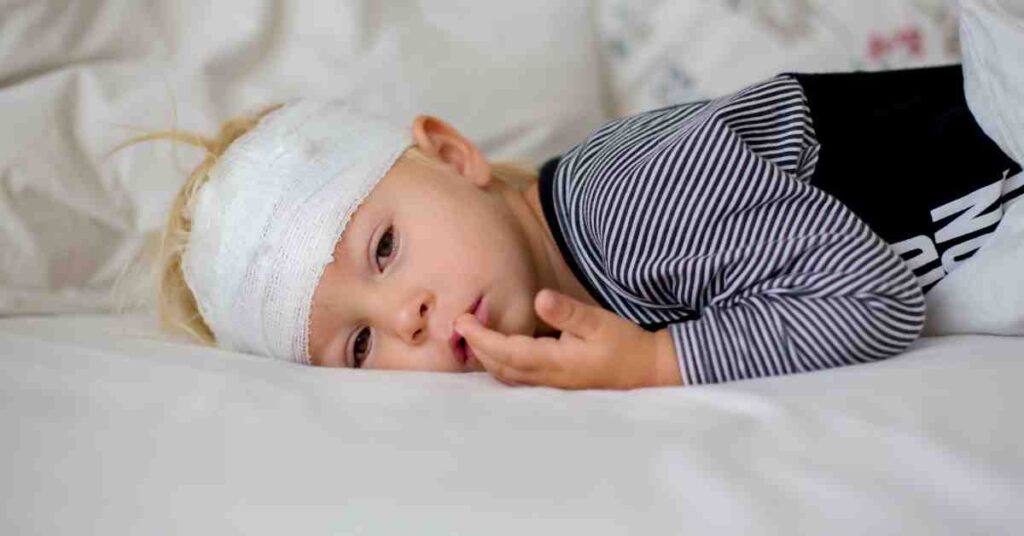
Falls are the leading cause of hospital visits for children under one year old in Australia, according to the Australian Institute of Health and Welfare.
Why It Happens: As babies grow and become more mobile, they start to crawl, climb, and explore, leading to accidental tumbles.
- A bump or swelling on the head
- Vomiting after the fall
- Unusual sleepiness or difficulty waking
- Clear fluid or blood from the nose or ears
- Check for Injuries: Look for bruises, swelling, or other visible signs of injury.
- Keep Them Awake: Monitor their behaviour for changes.
- Apply a Cold Pack: Use a cold pack wrapped in a cloth to reduce swelling.
- Call for Help: If the baby is unconscious, drowsy, or showing unusual behaviour, seek immediate medical attention.
4. Allergic Reactions
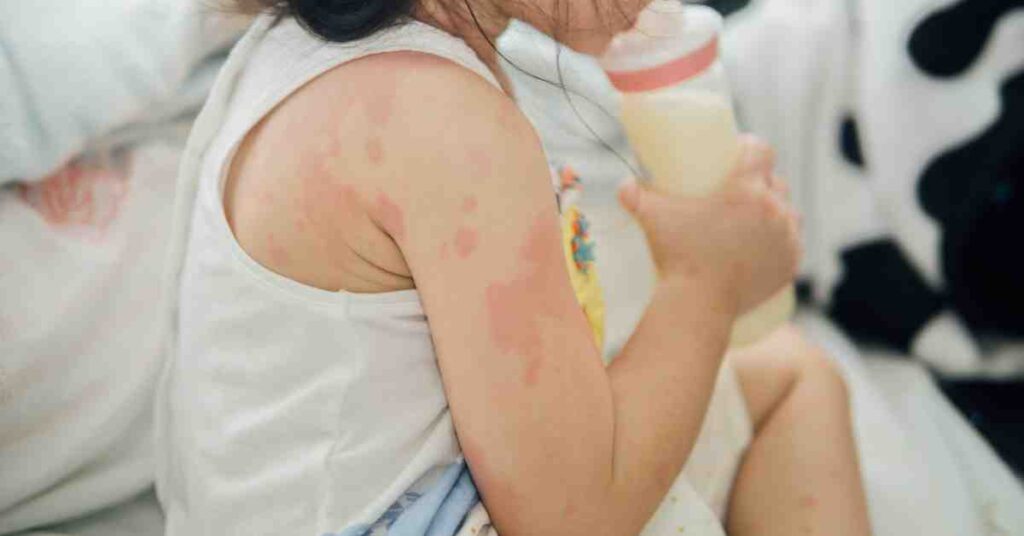
Studies show that approximately 10% of infants in Australia have food allergies, making it crucial for parents to know how to spot and manage allergic reactions.
Why It Happens: When babies are introduced to new foods or come into contact with allergens like pollen, dust, or pet dander, their bodies might react unexpectedly.
Signs of an Allergic Reaction:
- Hives or rash
- Swelling of the face, lips, or eyes
- Vomiting or diarrhoea
- Difficulty breathing (a sign of anaphylaxis)
- Mild Reactions: Remove the allergen if possible and monitor the baby. Antihistamines may help, but check with a doctor first.
- Severe Reactions (Anaphylaxis): Use an epinephrine injector if available and call 000 immediately. Lay the baby flat unless they’re having trouble breathing.
5. Fevers and Seizures
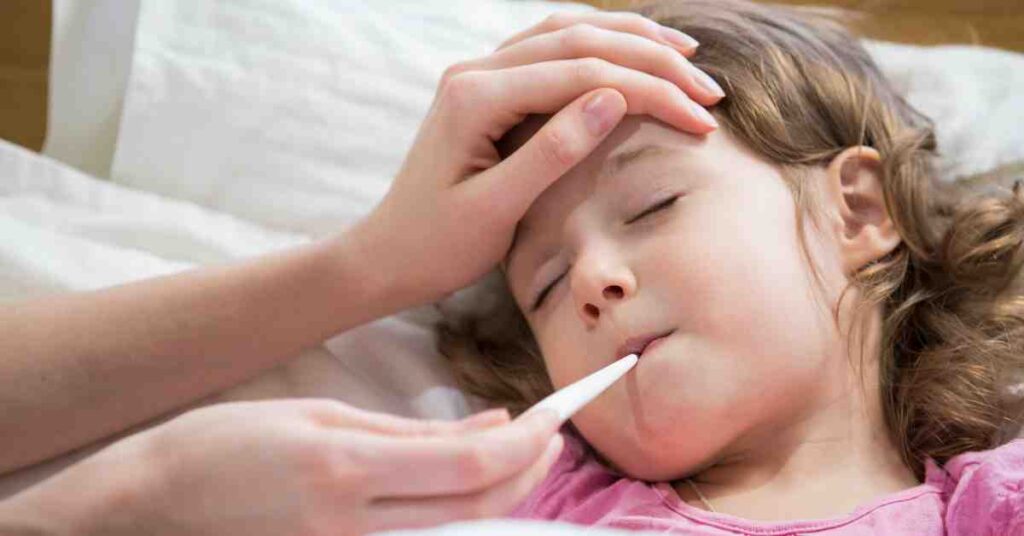
Fact: Febrile seizures, caused by high fevers, affect 2-5% of children under five years old, according to the Royal Children’s Hospital Melbourne.
Why It Happens: Fevers are common in babies as their immune systems fight infections. In some cases, a high fever can trigger febrile seizures.
- Take Their Temperature: Use a digital thermometer to check if their temperature is above 38°C.
- Keep Them Comfortable: Dress them in light clothing and offer fluids like breastmilk, formula, or water (if over six months old).
- See a Doctor: If the fever lasts more than 24 hours or they show other symptoms like difficulty breathing, contact a healthcare professional.
- Lay Them on Their Side: This helps keep their airway clear.
- Do Not Restrain Them: Let the seizure pass naturally.
- Call 000: If the seizure lasts more than 5 minutes or it’s their first seizure, seek emergency help.
Parenting comes with its challenges, and being prepared for emergencies is one of the best ways to protect your baby. Knowing how to respond to common emergencies like choking, burns, falls, allergic reactions, and fevers can make all the difference.
Consider taking a baby first aid course to gain the skills and confidence needed to handle these situations. With preparation and knowledge, you’ll be ready to provide the best care for your baby when it matters most.
Want more? We’ve got you covered…
Our Baby First Aid Courses
Our baby first aid courses are available in person in your home and online. We run classes in your home with groups of 2, 4 or up to 10 in Sydney & Melbourne and you can book in 3 easy steps!
- Pick your class
- Follow the prompts to purchase
- We will contact you within 24 hours to lock in your date of choice
Our First Aid Certificate Courses
We run most of the popular first aid courses Australia wide. HLTAID011 Provide First Aid, HLTAID009 Provide CPR, HLTAID012 Provide First Aid in an Education & Care Setting, RAMOAP (anaphylaxis), Mental Health first aid and CPR/LVR to name a few.
Book your public spot online or contact us if you have a group of 5+ people for onsite training.
Here are some other resources you may enjoy!
FREE GUIDE: Your Virtual Baby First Aid Kit
FREE GUIDE: Introducing Common Allergy Foods & Allergic Reactions
FREE Workplace Emergency Preparedness Plan: Grab this at the bottom of every page!
Follow for baby & child first aid and allergy info and tips on Instagram & TikTok, all @thenestcpr
